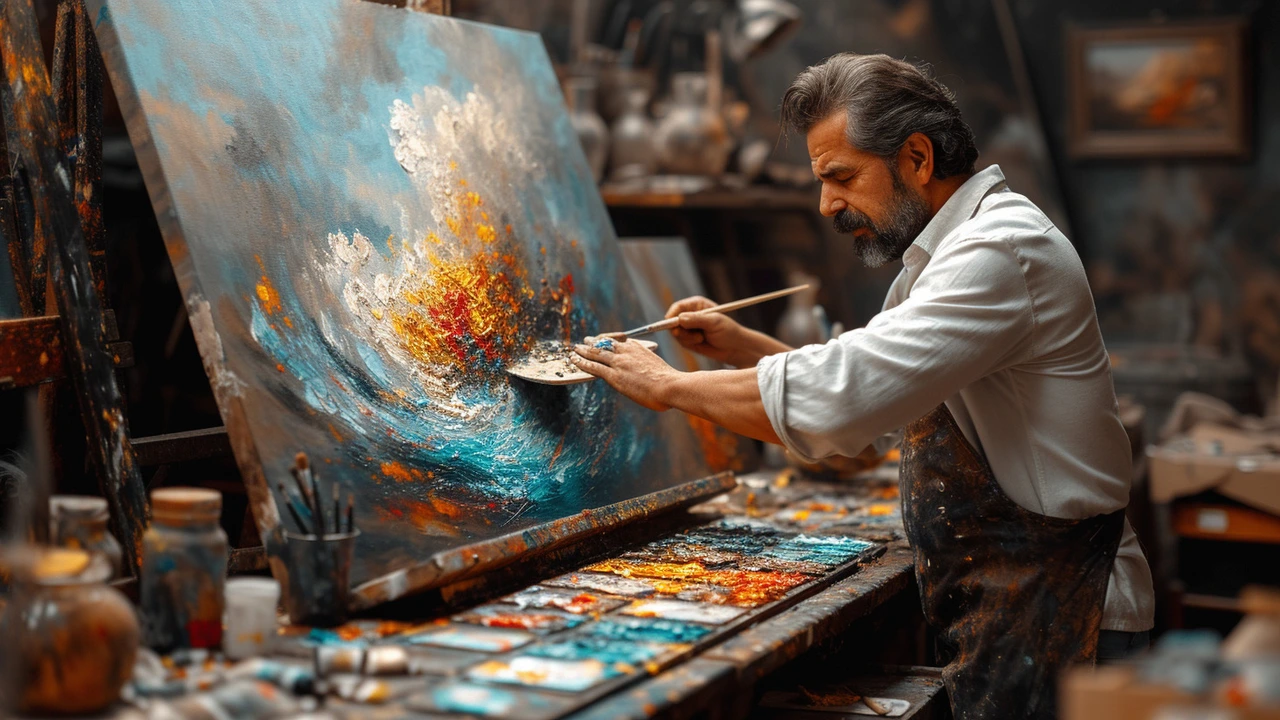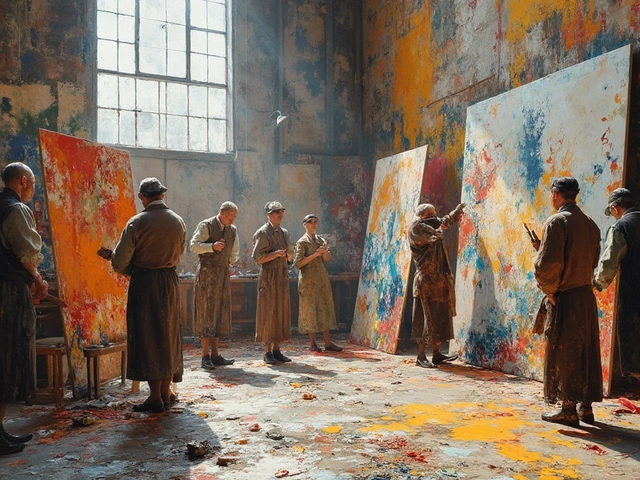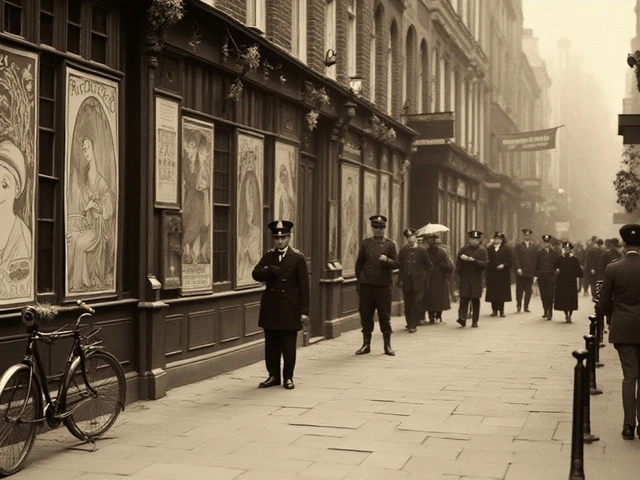Defining Expressionism: An Art Movement
Let me take you on a journey, one that will demand a deep dive into the world of expressionism, a world that is vibrant, emotive and without shackles of visual reality. This world is rich, dense and as complex as the human psyche. Isn't that fascinating? And if you are an art lover, nothing gets better than delving into the nitty-gritty of an art movement as profound as expressionism.
The term expressionism is your ticket to an art movement that existed in the 20th century and was primarily based in Germany. Now, if you are wondering why Germany, well, it's interesting to note that the movement emerged as a reaction to prevalent social, economic, and political situation in Germany during that time. The artists, using their canvas as a medium, chose to express their feelings about the world around them, often in a gnarled and fantastical manner. And this is what gives expressionism its distinctive charm.
The Gist of Expressionism: Inside an Artist's Mind
The philosophy imparted a new color palette to the artistic community. It provided a platform to artists to externalize their thoughts, feelings, and perception into an artwork. Instead of simply creating an aesthetically pleasing piece, the artists put emphasis on their emotional response, their inner state. It wasn't the reality as such, but their interpretation of the reality that took the center stage. Expressionism, hence, brought forth a shift in the focus of art from representation to presentation. This shift could be seen as a way to rebel, to mark a departure from tradition and to confront the challenges posed by a rapidly changing society. It was as if the artists were painting their souls, baring it all on canvas!
Isn't that what all of us ultimately wish to do? Present our unaltered, raw selves to the world? In my opinion, acceptance of our inner chaos, our feelings and emotions that twirl and whirl inside of us like a cyclone, is what makes us human. And expressionism embraces this essential facet of humanness.
The Colors and Textures of Expressionism
When it comes to techniques and styles, expressionists were open to exploration and diversity. It's like holding a box of chocolates, with each piece promising a different taste! The artists employed techniques and forms that were unique, challenging traditional rules of art and composition. They played with color, texture, and form to create an impact, to express the intensity of their emotions.
Now, imagine a group painting party at my house, with my dear wife Isla Holmes and a bunch of our crazy friends. Visualize Isla, playfully splashing a bright orange paint on the canvas, her hands moving freely, not restrained by any guidelines or predetermined definitions of what art should look like. This, in essence, is the spirit of expressionism. Freedom to convey feelings, to disrupt norms and to create something that moves you and the viewer.
Notable Artists and Artworks
Expressionism would have remained a thought, an idea, if it wasn't for the artists who nurtured it and brought it to life. These artists, from Edvard Munch to Egon Schiele, Kasimir Malevich to Willem de Kooning, used their paintbrushes like a wand, casting spell of emotions and feelings. Their artworks offer an exclusive window to their mind, a glimpse of their perception of the world.
Situated in the National Museum of Oslo, Munch's 'The Scream' is perhaps one of the most famous expressionist pieces out there. The ghastly figure, the shrieking colors, and the nightmarish background all evoke a sense of despair and anxiety, making the viewer understand the mental state of the figure in the painting. Similarly, Schiele's portraits often portrayed the stark reality of human sexuality and mortality, shaking up the so-called societal values and norms. The artworks, each unique in its texture and style, portray the diversity and breadth of expressionism.
The Impact and Legacy
Much like a ripple effect, the impact of expressionism was far-reaching. It inspired various movements, like the abstract and the action painting, and influenced artists beyond the boundary of Germany. Expressionism essentially laid the groundwork for the avant-garde movement of the 20th Century, challenging the conventional notions and untying the restrictions imposed on the definition of art.
From my perspective, expressionism has been no less than revolutionary. It has given a voice to artists and a space for their raw and unfiltered emotions. A movement that started as a response to societal turmoil morphed into a benchmark for the artist community, reinventing the utility and purpose of art. The legacy of expressionism, hence, lives on, echoing the voice of its pioneers in the form of contemporary artists.
Understanding and Appreciating Expressionism
If you are trying to understand and appreciate expressionism, throw yourself into the pool of emotions that are presented in front of you in the form of the artwork. Allow these feelings to wash over you, imagine the state of mind of the artist while painting, and let it move you, startle you, or even make you uncomfortable. Mind you, appreciating this form of art requires you to be open to chaos, to be comfortable with discomfort.
Remember, there are no hard and fast rules here, your perspective matters, your emotional response to the painting matters. Let your mind free, let your emotions guide you. Happy art diving, folks!




